Louis Pasteur was a French microbiologist and chemist. He is known for his extraordinary works on pasteurization, vaccination and microbial fermentation. He investigated the causes as well as prevention of many diseases and thus his methods saved millions of lives around the world until today. He was the first scientist to develop vaccinations for anthrax and rabies. Let’s discover more in Louis Pasteur facts for kids!
Louis Pasteur Facts for Kids
Louis Pasteur Contribution
Though he did a lot of discoveries, yet one of his perhaps greatest achievements was to develop a method to prevent bacteria from contaminating milk and wine. This process is called pasteurization. He pioneered the field of bacteriology and rightly known as ‘father of microbiology’.
During his time, it was popularly known that bacteria developed spontaneously, a method called ‘spontaneous generation’. With the help of his experiments, Pasteur proved that microorganisms cannot develop on their own. He showed this experiment in French Academy of Sciences. He proved when the flasks were closed tightly and sterilized, no microorganisms ever produced. But in open flasks, microorganisms tended to grow. For this reason, the academy awarded him Alhumbert Prize.
He is the pioneer of the ‘germ theory of disease’. According to this theory, very small microorganisms enter the body (both humans and animals) from outside and begin to reproduce, thus causing some diseases. He was although not the first chemist to propose it, but he certainly proved this theory to be true thanks to his successful practical experiments. He served as the director of Pasteur Institute (built in 1887) until his death. He has had a number of brain attacks, but in 1895 it proved to be a fatal one. He was buried in Notre-Dame Cathedral in Paris.
The first person to whom Pasteur applied his vaccine for rabies was a Joseph Meister. That kid was nine years old and bit badly by a dog. At the time, Pasteur was not licensed physician and so he took great risk for experimenting with any human because if had failed, he would have to face serious consequences. But the vaccine worked and Pasteur was turned into a hero.
In the field of observation, chance favors only the prepared mind – Pasteur
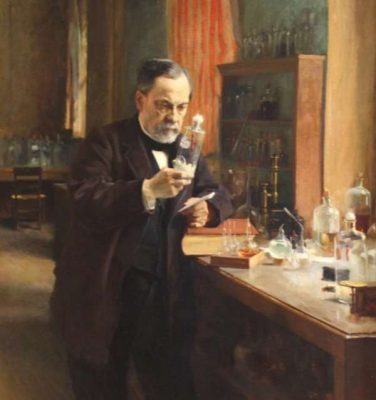
Louis Pasteur Childhood
-
- He was born on 22 December, 1822 in eastern France Dole, Jura.
-
- In his schooldays, Pasteur was not a bright student. Instead, he liked doing sketching and fishing.
- At the age of 15, he used to draw the sketches of his parents and friends. These sketches are still saved in a Paris museum in Pasteur Institute.
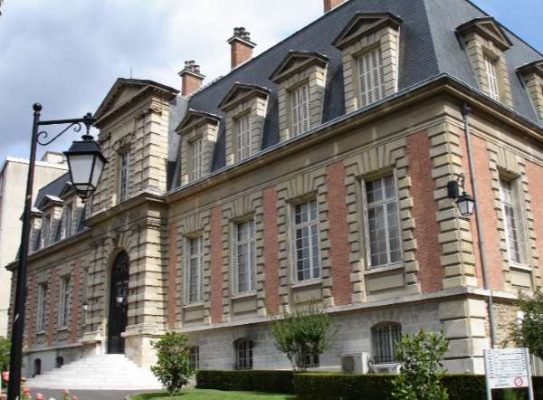
- At the age of 16, he went to the Institution Barbet in Paris but soon after he came back because he was fond of his home.
Louis Pasteur Education – Louis Pasteur Facts for Kids
-
- In 1840, he earned a Bachelor of Arts (B.A.) degree from Collège Royal de Besançon.
-
- In 1841, during his first year at college, he was failed in his exams.
-
- In 1842, he passed the general science degree in Dijon. However, his grade in chemistry was very poor.
-
- In 1844, he had passed the test in Paris for École normale supérieure. However, this was his second attempt because he was failed in his earlier attempt two years back. After one year, he gained Bachelor of Science degree.
- At first, his appointment was made as a physics professor in Collège de Tournon. But in 1848, he was appointed as a professor of chemistry at University of Strasbourg.
- While serving as a director of scientific studies in late 1850s, he introduced a number of reforms. As a result, revolts of students frequently occurred. One of these was to order mutton stew to be served compulsorily to the students on Monday even though students had previously declined to eat it. Likewise, he passed the law to expel any student who was found smoking. As a result, 73 students left the institution and only 7 decided to stay.
Louis Pasteur Family
-
- He got married on 29th May 1849 with the daughter of the rector of the same university.
- Out of five children, only two of his kids could survive until adulthood, the rest were passed away due to typhoid.
Louis Pasteur Achievements | Asymmetry of Molecules – Louis Pasteur Facts for Kids
The greatest discovery of Pasteur in the field of chemistry was perhaps to explain the crystallographic and optical properties of tartaric acid. There was something weird with this acid. The problem was that when its solution was obtained from living organisms, it tended to experience optical rotation i.e. a phenomenon which involves the rotation of polarization of light as it goes through any material. However, when the same solution of tartaric acid was obtained through chemical reactions, it did not produce any effect though its composition of elements was same. Through his investigations, Pasteur proved that internal arrangement of molecules inside this compound cause the light to bend. Pasteur proved it (known as ‘chirality’) for the first time in history and also laid the foundation of isomerism.
Fermentation
Pasteur proved through his experiments that microorganisms cause fermentation and that bacteria do not grow up by means of ‘spontaneous generation’. He did his experiments on sour milk under the title ‘Latate fermentation’ and showed that in the process of generating alcohol from sugar, there is no need of air and that only yeast cause fermentation to occur. Apart from producing alcohol, he also proved lactic acid was produced as a result of fermentation which is why wines are sour.
Pasteurization
Pasteur proved that when milk, beer or wine gets spoiled, it is due to the growth of microorganisms. Hence in order to save these drinks from spoilage, he developed a method in which milk for instance was heated at a temperature of about 60 – 100°C, thus destroying all bacteria inside it. Its first experiment was conducted on 20 April 1862 and thereafter came to be applied on wines and beer as well. It is known as pasteurization.
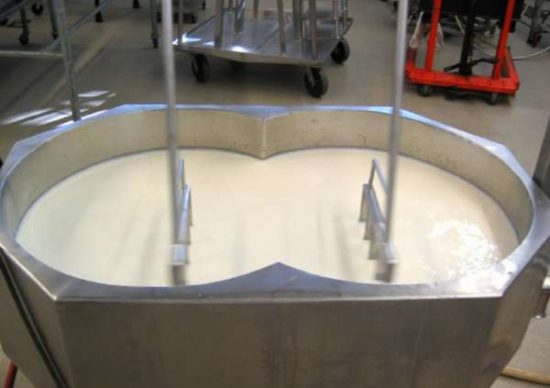
Theory of Spontaneous Generation
Pasteur disproved the theory of spontaneous generation in which it was believed that microorganisms grow naturally. He showed that sterilized grapes did not undergo fermentation and when he took the grape juice through sterilized needles and put it under sterilized container, wine was not produced. He proved this by experimenting on boiled broths contained inside flasks. When only air was allowed to enter the flask and not dust particles, there were no sign of bacterial growth in the broths. However, as flask was broken and dust particles entered, bacteria began to grow. Therefore, he came to a conclusion that microorganisms come from outside rather than growing from inside the broths.
There is no known circumstance in which it can be confirmed that microscopic beings came into the world without germs, without parents similar to themselves – Pasteur
Immunology and Vaccination
When Pasteur introduced bacteria that cause ‘chicken cholera’ into chickens, it could not give rise to a disease. As he kept on injecting bacteria on new chickens, he noticed that the bacteria had become weak and chickens were not infected rather they were immune (biological defense to fight infection) to the disease. By applying the same method of immunization, he successfully developed vaccine for anthrax, a disease affecting livestock. He was also the first person to create vaccine for rabies.
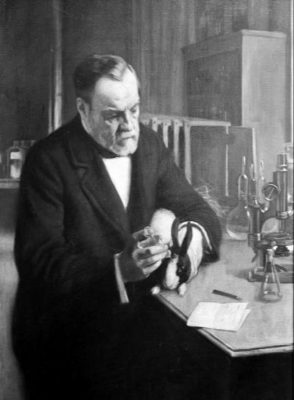
Louis Pasteur Honors
-
- In 1856, he was awarded Rumford Medal from Royal Society of London for his work on racemic acid.
-
- For fermentation, he got Copley Medal in 1874.
-
- For disproving spontaneous generation, he was honored with Jecker Prize and Alhumbert Prize.
- In 1895, he received the highest Dutch honor of Leeuwenhoek Medal in the field of microbiology.

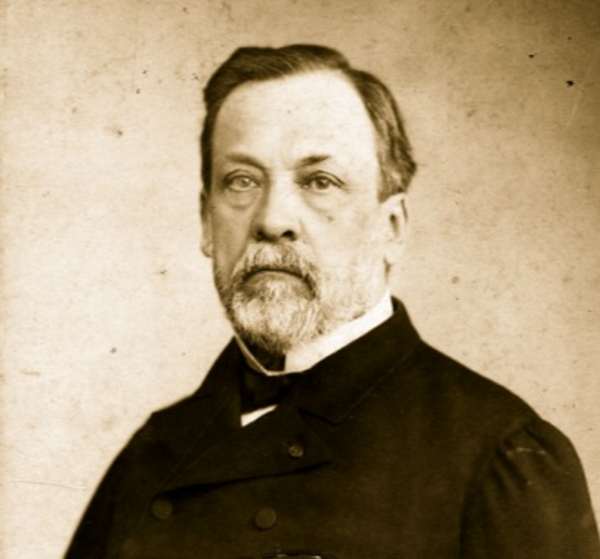
Leave a Reply